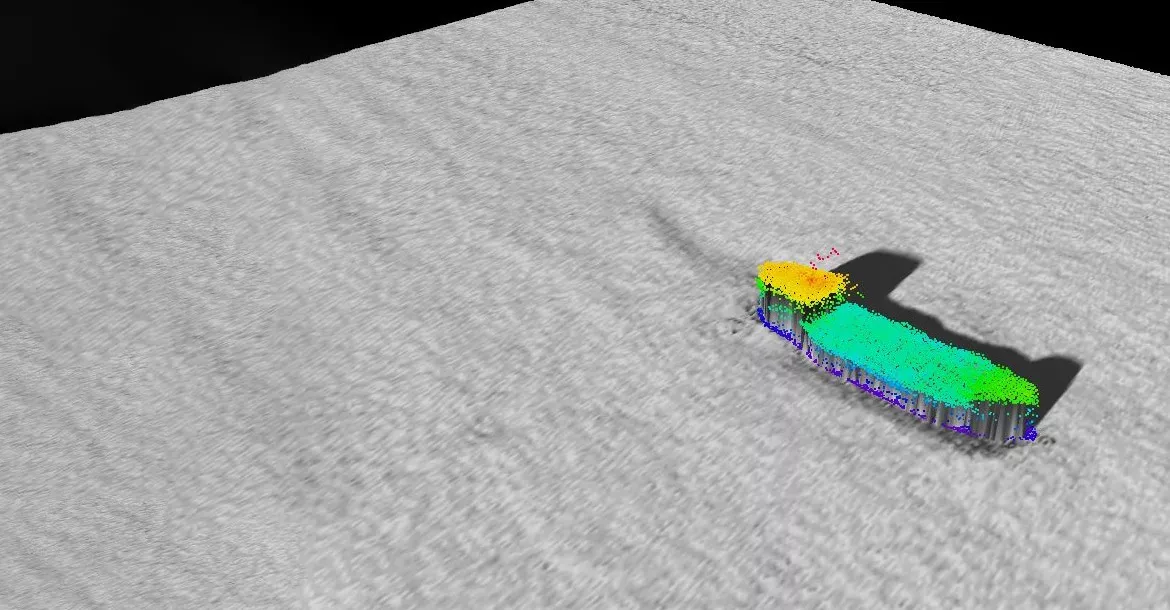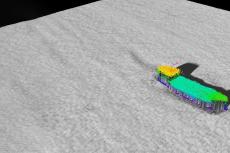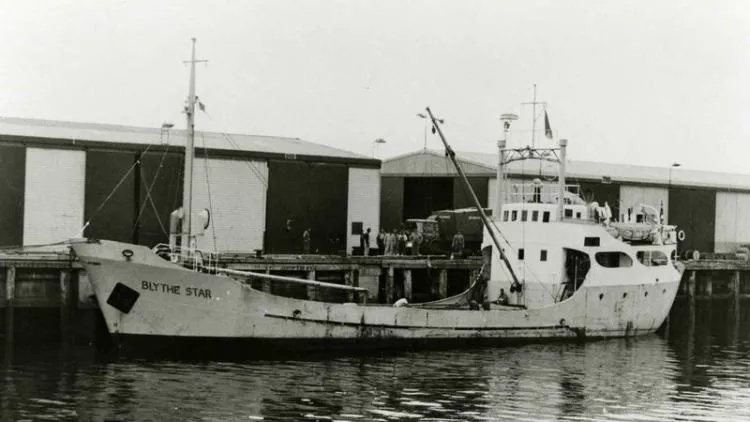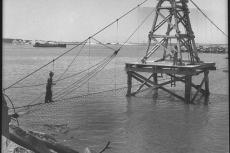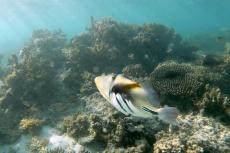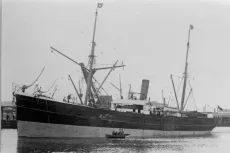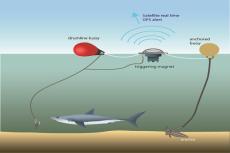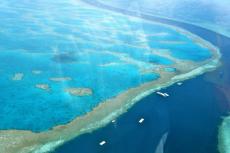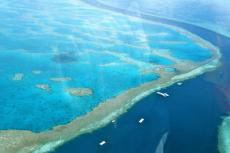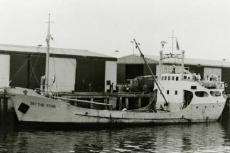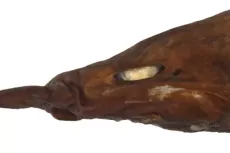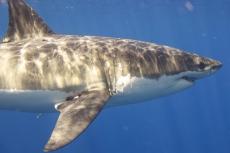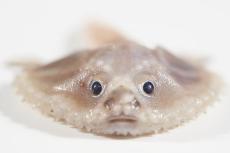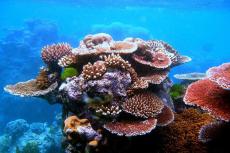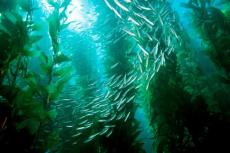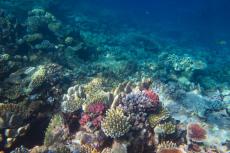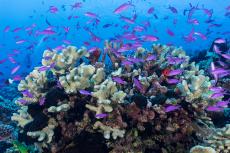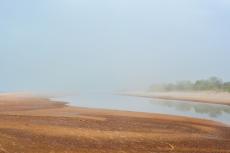Blythe Star shipwreck found off Tasmanian coast, ending 50-year mystery
A CSIRO investigation has confirmed the location of the MV Blythe Star shipwreck, a coastal freighter that disappeared off Tasmania five decades ago, solving one of Australia's biggest maritime mysteries.
The 44-metre motor vessel (MV) Blythe Star was a coastal freighter that disappeared off Tasmania nearly 50 years ago. On the 13 October 1973 while making a routine trip from Hobart to King Island, the ship began developing a list to the starboard before taking on water and capsizing.
All 10 crew members were able to escape the sinking vessel into an inflatable life raft. Tragically, three crew members died before the survivors were able to find help and be rescued 12 days later on 24 October 1973 when they were found ashore in rugged terrain near Deep Glen Bay on Tasmania's southeast coast. Tasmanians thought the crew had all died and were stunned upon hearing the survivors' ordeal.
The disappearance of the MV Blythe Star sparked the largest maritime search ever conducted in Australia to that time but despite of this no trace of the vessel was found for decades.
Discovery
After requests by family members of the crew for the 50th anniversary of the sinking, a search by the CSIRO was undertaken in April 2023. Utilising the CSIRO vessel MV Investigator reports from fishing vessels and a previous survey that uncovered a 'blip' in the area, the vessel was discovered in 150 m of water off the southwest coast of Tasmania. The last surviving crew member, Michael Doleman, was on board for the discovery.
The investigation showed the vessel is intact and sitting upright on the seafloor, with its bow pointing northwest. The visual inspection using the underwater cameras was able to identify key features to confirm the wreck was the MV Blythe Star. This included identifying part of the vessel name – ‘STAR’ – on the ship’s bow.
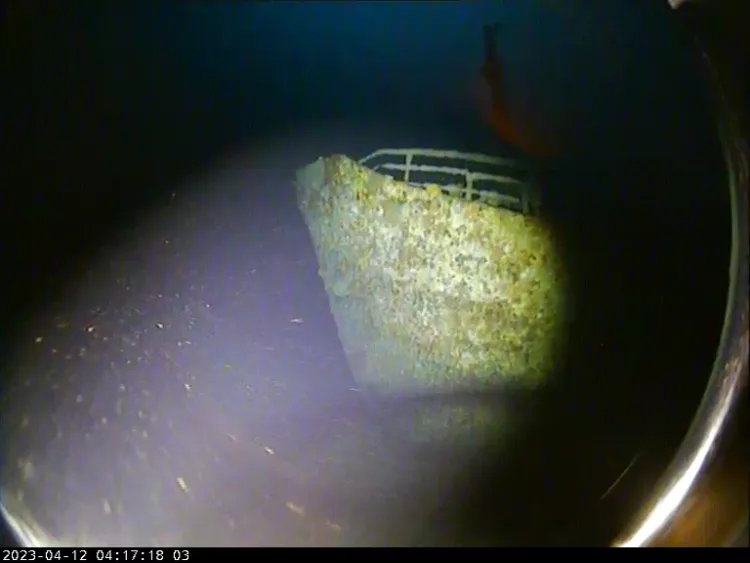
The wreck was covered with minimal growth of algae and seaweed, and some structures showed signs of damage, particularly on the stern. Most notably, the vessel's wheelhouse is no longer present. Various marine life was observed on and around the wreck including crayfish, schools of fish and several fur seals, which were filmed swimming around the wreck.

